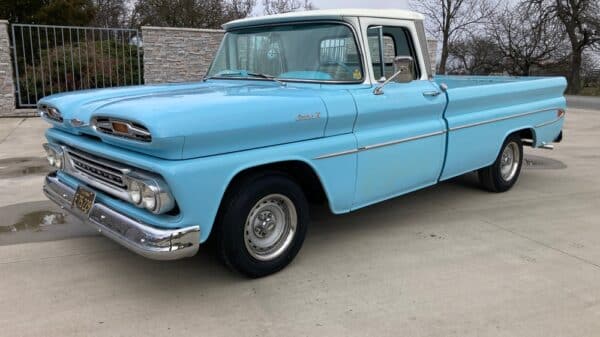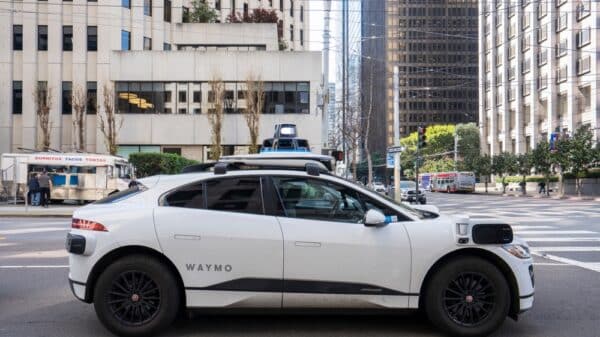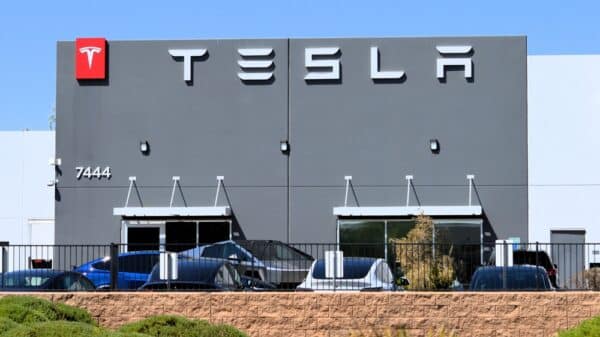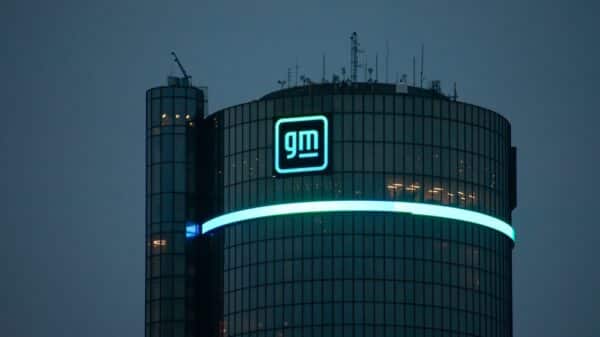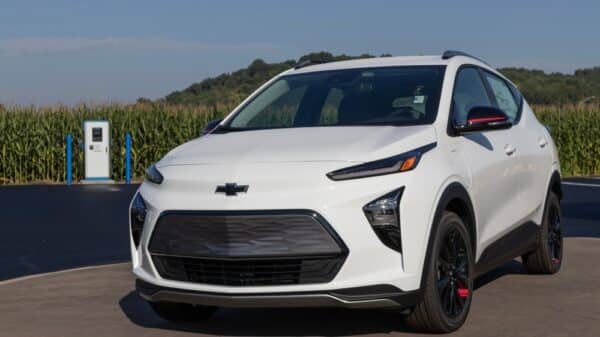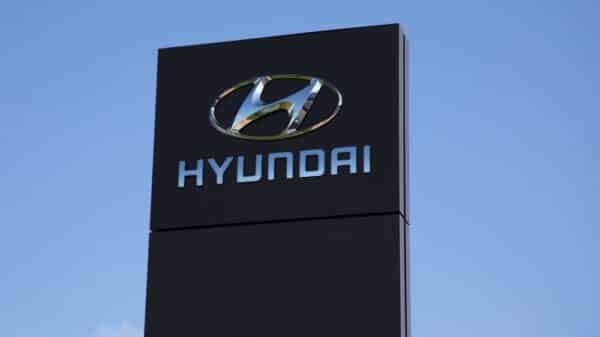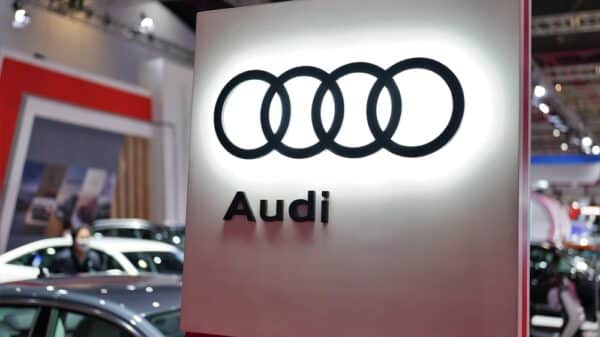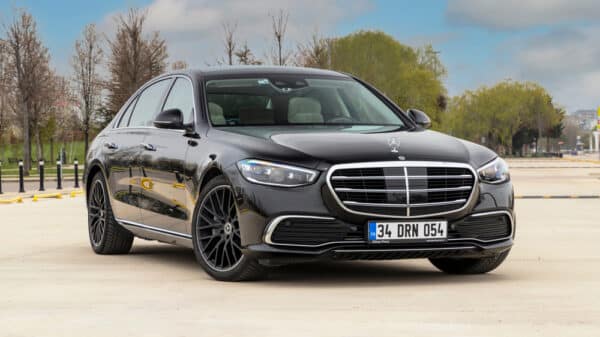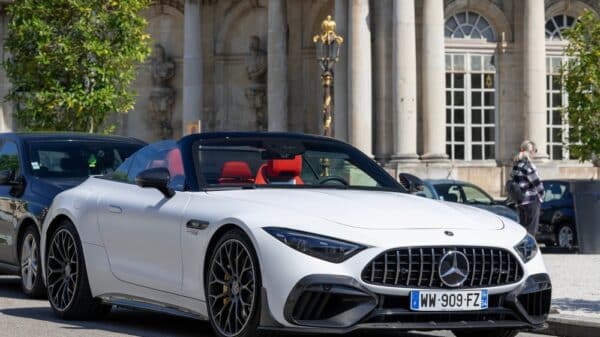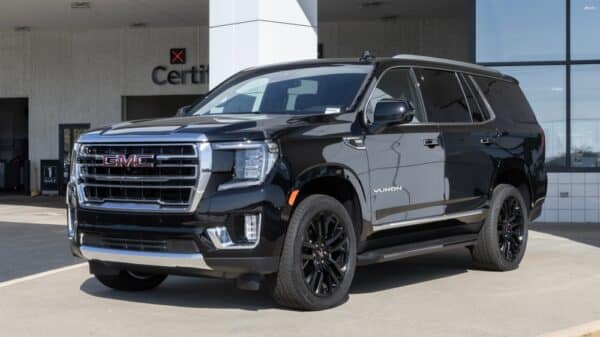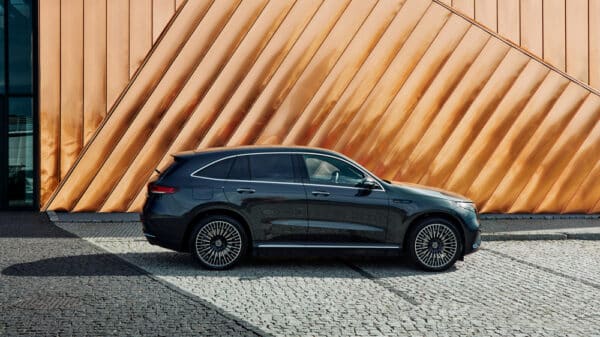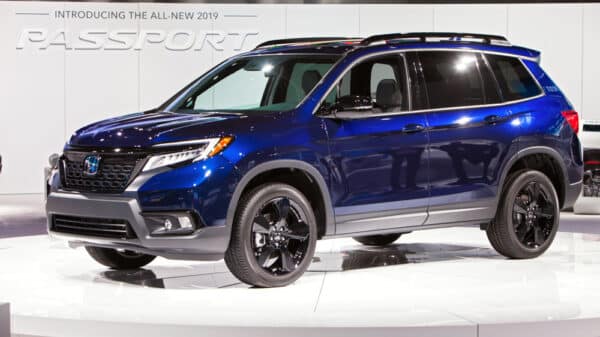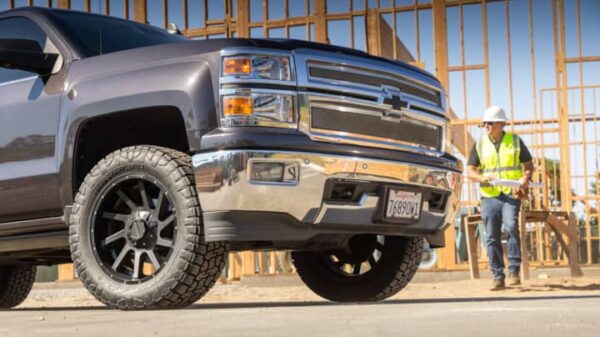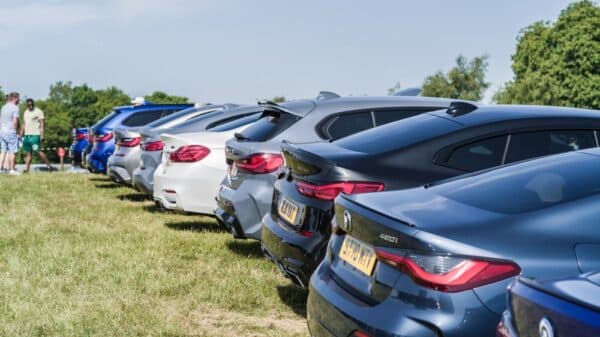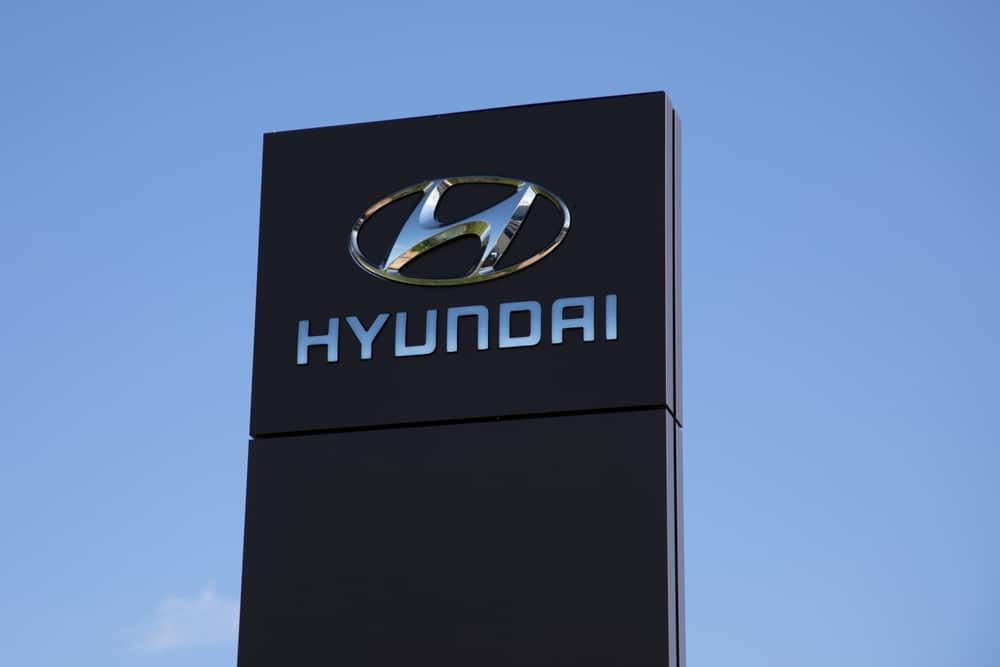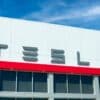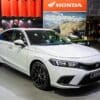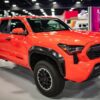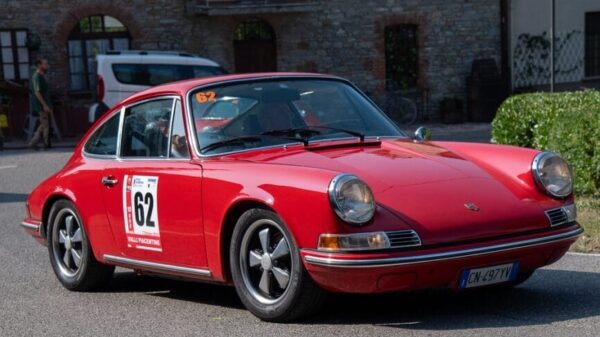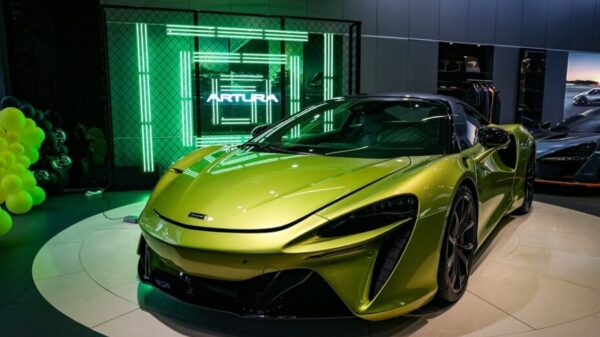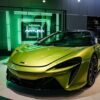Hyundai is currently riding a wave of success, and you can practically see the smiles on the faces of their executives. In the first quarter of 2025, Hyundai achieved its best sales performance ever, with March alone marking its second-best sales month in history. They sold an impressive 87,019 vehicles in March, resulting in a 13% increase from the same month last year. Over the entire first quarter, the company moved a record 203,554 units in the U.S., which reflects a solid 10% growth year-over-year. While conventional gasoline-powered vehicles still lead the charge in numbers, it’s clear that hybrids and fully electric vehicles (EVs) are becoming increasingly crucial players within Hyundai’s lineup.
Now, let’s dive a little deeper into the specifics. Hyundai’s Ioniq 5 has shown remarkable performance, with sales climbing 26% to reach 8,611 units sold between January and March. However, not all the news is rosy for every vehicle; the Ioniq 6 saw a decline, dropping 9% from the previous year. The silver lining? Hyundai’s hybrids really thrived with a significant 68% uptick in sales for the quarter. While the exact figures for hybrids sold are less transparent, it’s no secret that popular models like the Elantra, Tucson, and Santa Fe are enhancing Hyundai’s standing in the market.
The automaker’s ambitious plans to invest $7.6 billion in a new plant in Georgia promise to bolster local production—particularly of EVs and hybrids—making it clear that they are dead-set on maintaining this upward momentum. This is a game-changer not just for Hyundai, but for the wider automotive landscape, as more and more companies turn their sights onto electric vehicles.
Meanwhile, it’s not just Hyundai that’s reaping rewards. Kia also experienced a record first quarter in 2025, delivering 198,850 units, which represents a 10.7% growth from last year. Models like the Carnival, Telluride, and Sportage saw significant gains, showcasing the brand’s overall strength. However, the EV segment isn’t faring as well, with sales of Kia’s EV6 and EV9 seeing modest declines. In fact, the EV9 dropped from 4,007 units sold in Q1 2024 to 3,756 this year, and the EV6 also experienced a downturn—down nearly 8% from 4,059 to 3,738 units sold.
One of the key challenges impacting Kia’s EV sales is supply chain disruptions stemming from the new battery sourcing requirements under the Inflation Reduction Act (IRA) of 2025. This has forced Kia to scale back production as they work towards meeting these stringent standards. Additionally, there have been some hiccups with Integrated Charging Control Unit (ICCU) failures, leading to multiple recalls. It’s hard to say just how much these issues have impacted production capabilities.
Looking ahead, both brands are cautiously optimistic about their electric vehicle lineup. The newly-built 2025 Ioniq 5 is now equipped with a Tesla-style NACS charging port right off the factory floor, meaning owners will have access to numerous Supercharger stations dotting the United States—a significant benefit for anyone looking to take a long-distance road trip. The eagerly anticipated three-row Ioniq 9 is set to begin deliveries this spring, further extending Hyundai’s reach in the EV market.
But just as things seemed to be hitting a high note, a storm cloud looms on the horizon. With the Trump administration’s proposed 25% tariffs on vehicle components imported from overseas potentially kicking in soon, the prospect of increased vehicle prices weighs heavily on car makers and consumers alike. Nearly 30% of the parts that go into the U.S.-made Ioniq 5 come from Korea, which means that if these tariffs take effect, we could see a ripple effect that leads to higher prices and possibly fewer sales—at least in the short term.
As we keep an eye on what unfolds, one thing is certain: the automotive landscape is evolving at a fast pace. With the stakes so high and market dynamics changing rapidly, Hyundai and Kia will have to continue demonstrating their resilience and adaptability to keep the momentum going. The future of these two brands, along with the broader industry’s move toward electrification, promises to be anything but dull. Whether you’re in the market for a hybrid or making the jump to a fully electric vehicle, it’s a thrilling time to be an automotive consumer.
Image Source: sylv1rob1 / Shutterstock

